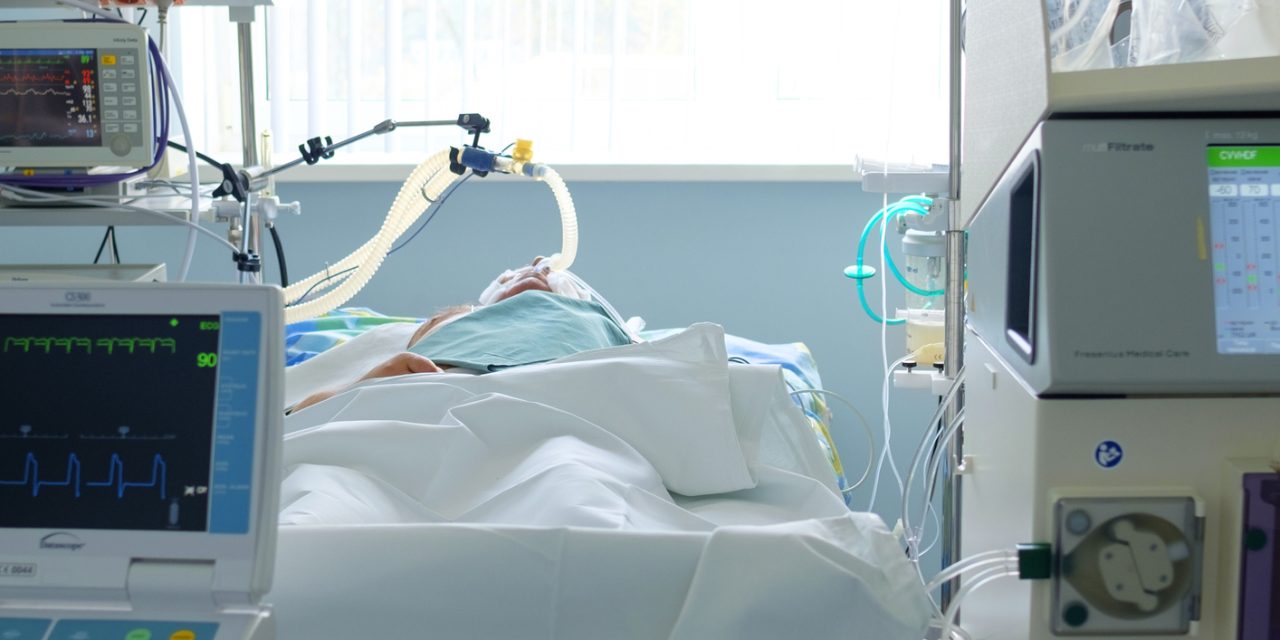The C57BL/6 mouse strain have been commonly used for the genetic background animal models and experimental research. There are several major sources of C57BL/6 substrains for the biomedical research community which display genetic and phenotypic differences. Previous studies have suggested that the varies in baseline of cardiovascular phenotypes as well as in response to pressure overload by transverse aortic constriction (TAC). To investigate whether there exist substrain specific differences in response to heart failure post myocardial infarction (MI), consequently the impaired mitochondrial respiration, we performed MI surgery on two commonly used C57BL/6 substrains: C57BL/6J (BL/6J) and C57BL/6NCrl (BL/6N) mice. Subsequently, measurements about cardiac function, histology and mitochondrial respiration capacities were conducted to evaluate the differences. The data showed that C57BL/6J(BL/6J) mice is more resistant to the attack of MI, evidenced by lower mortality, less infarct size and better preserved cardiac function after MI, especially exhibited better mitochondrial respiration capacities, compared with the C57BL/6NCrl(BL/6N) mice.
Mitochondrial respiration in C57BL/6 substrains varies in response to myocardial infarction.


